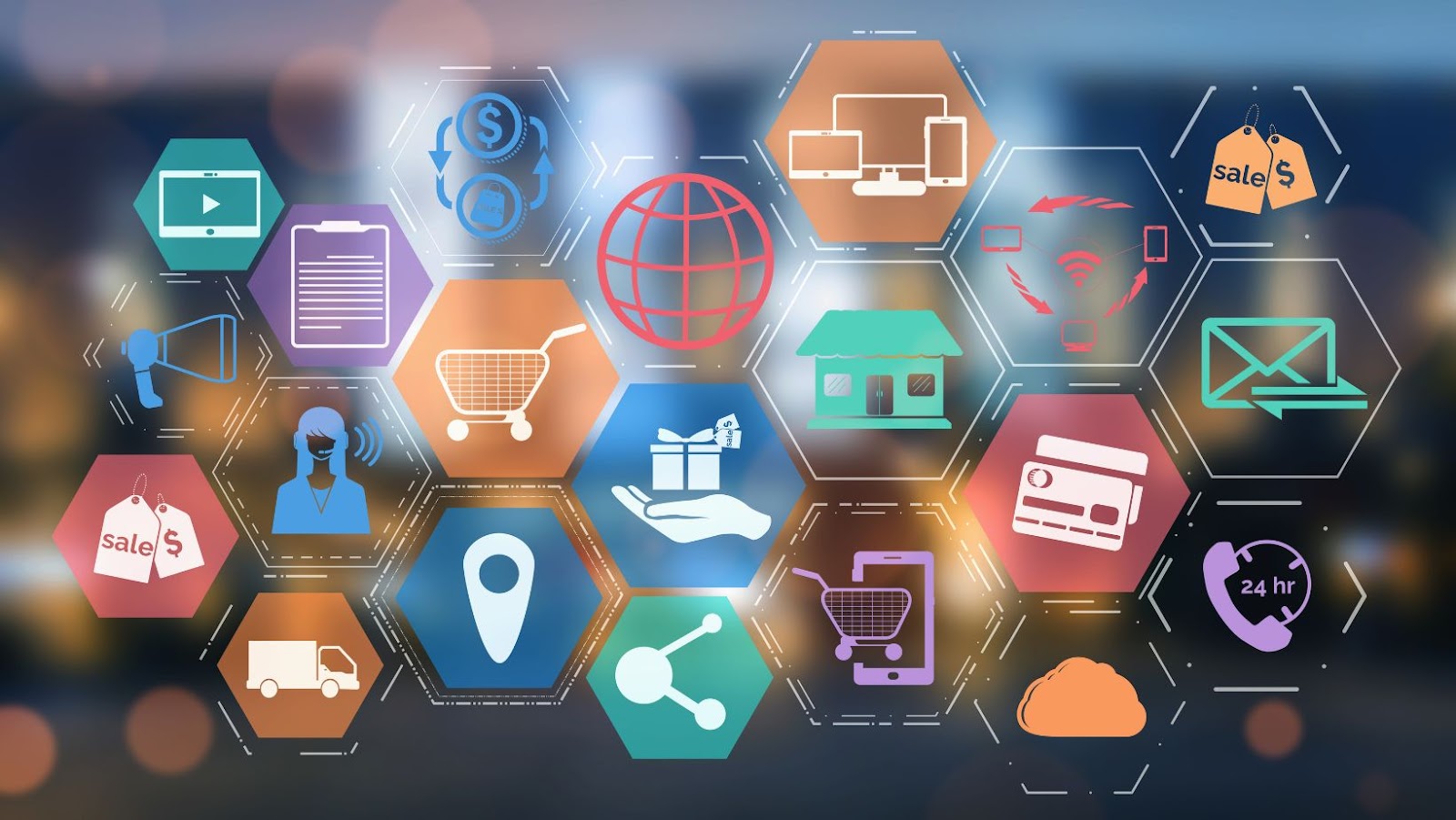 Technology Lifecycle Management Process
Technology Lifecycle Management Process
Technology Lifecycle Management Process (TLM) ensures that businesses can efficiently manage technology assets throughout their lifespan. The process consists of five distinct phases: planning, procurement, deployment, maintenance, and disposal.
Organizations identify technology needs and set objectives in this phase. Decision-makers assess current assets and forecast future requirements to align tech investments with business strategy.
Here, companies acquire the necessary technology components. This includes evaluating vendors, negotiating contracts, and ensuring the selected technology meets predefined specifications and compliance standards.
In this phase, the acquired technology is integrated into the business operations. This involves installation, configuration, user training, and ensuring a smooth transition with minimal disruption.
During operational use, technology assets require regular updates, patches, and repairs. This phase focuses on maintaining optimal performance, extending asset life, and minimizing downtime.
When technology reaches end-of-life, it is safely decommissioned. This phase involves data wiping, environmentally-friendly disposal practices, and documentation to ensure compliance with regulations.
Each phase in TLM requires strategic oversight to align technology with business goals, maximize value, and mitigate risks. Proper execution enhances operational efficiency, regulatory compliance, and ultimately maintains a competitive advantage.
 Key Phases of Technology Lifecycle
Key Phases of Technology Lifecycle
Every technology undergoes distinct stages throughout its existence. Each phase presents unique challenges and opportunities, which specific management strategies can effectively address.
During the introduction phase, new technology is launched into the market. Initial deployment usually involves a limited audience or pilot programs. Businesses assess product viability based on user feedback, refining functionalities and addressing early issues. Low market adoption and high development costs characterize this stage.
In the growth phase, technology gains broader market acceptance. Adoption rates increase, driven by marketing efforts and positive user experiences. Feature enhancements and performance optimizations are common to meet growing demand. Revenue generation spikes as the customer base expands.
Technology reaches market saturation during the maturity phase. Growth stabilizes, and competition intensifies. Cost management and efficiency improvements become priorities. Enhancements focus on incremental improvements rather than groundbreaking changes. The technology demonstrates reliability, and support services are crucial.
The decline phase sees reduced adoption rates and market interest as newer technologies emerge. Companies might phase out support and development efforts, directing resources toward more promising innovations. Strategic disposal, including data migration and environmentally conscious methods, becomes essential.
 Strategies for Effective Implementation
Strategies for Effective Implementation
Aligning Technology Lifecycle Management Process with business goals is crucial for achieving optimal results. Effective implementation involves several strategic steps to ensure seamless integration
Organizations must evaluate their technology needs systematically. This includes conducting asset audits, assessing current technology infrastructure, and identifying gaps. Future requirements should be forecasted based on company growth plans. A strategic roadmap can then be developed to guide the procurement and integration processes.
Deploying new technology involves meticulous planning and execution. Teams integrate technology into existing systems, ensuring minimal disruption to ongoing operations. User training is essential, focusing on operational methods to leverage the new technology fully. Effective deployment strategies reduce downtime and enhance productivity from the onset.
Continuous monitoring is vital to maintain optimal performance. This involves setting key performance indicators (KPIs) and conducting regular analysis to detect and address issues promptly. Optimization activities include software updates, hardware upgrades, and system refinements to extend the lifespan of technology assets and ensure they align with evolving business needs.
The final stage handles the safe removal of outdated technology. Decommissioning involves data wiping to ensure data privacy and compliance with regulations. Disposal practices prioritize environmental sustainability, opting for recycling and eco-friendly methods. Effective decommissioning ensures a secure transition where obsolete technology can no longer impact business operations.
Technology Lifecycle Management Process (TLM) is crucial for businesses to stay competitive and efficient in today’s dynamic tech landscape. By adopting a structured TLM approach, organizations can align their technology assets with business objectives, ensuring seamless integration and optimal performance throughout the technology’s lifecycle.
Effective TLM not only enhances cost efficiency and security but also boosts overall productivity and user experience. Addressing challenges such as resource allocation and compliance through strategic planning and regular updates further solidifies the benefits of TLM. Embracing TLM practices enables businesses to navigate technological changes confidently, ensuring long-term success and sustainability.